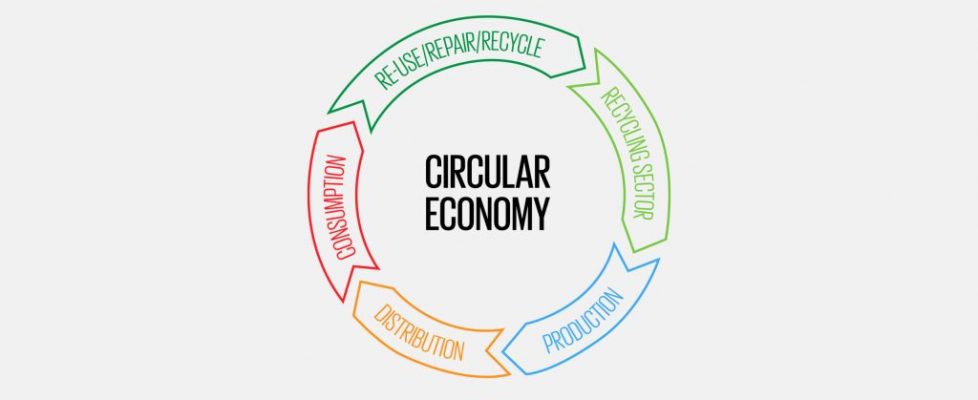PLANET
The pillar of planet regards the environment, earth and how responsible we are towards them. It is one of the four pillars of fashion business.
Sustainability in the fashion industry, as a producer and consumer of garments, is acting responsibly to the planet, to an extent at which the environment can function and sustain in the long-term. Sustainable producers choose fibres that are ‘eco-friendly’ (fibres with low impact to the environment) (Muthu 2018 Pg. 11) e.g., organic cotton or hemp, that do not use pesticides, allowing their soil to be regenerative (futurelearn.com 2021 A guide to the 10 most sustainable fabrics) However, arguably these are not completely sustainable fibres, as the processing of these textiles cause problems such as water depletion and pollution of dyes. (Muthu 2018 Pg. 8). A producer can also decrease the collections they debut. Fifty-two micro seasons debut from the average fast fashion producer each year, encouraging overconsumption and waste from deadstock. Furthermore, a customer, refraining from overconsumption and supporting brands which do not practise sustainability is responsible. To conclude, sustainability can be viewed as creating less waste and choosing more responsible fibres.
In the circular economy the linear concept of ‘Take–Make–Sell’ or ‘Buy–Use–Dispose’ is outdated and wasteful. Both product and the contents of the product are seen of equal importance, as the materials used can be re-used, repaired and reintegrated into the economy, extending their life cycle and reducing waste (ellenmacarthurfoundation.org 2011 explaining the circular economy). For the consumer, the circular principles of re-using and reducing waste are practised through ‘re-commerce’ sites, e.g., Thred-up (ellenmacarthurfoundation.org, circular examples). For manufacturers, circularity can be seen as, a repair service, or a collection system (which H&M have adopted) that later re-cycles the garment’s fibres, thus, creating circularity for the garments (Gwilt 2014). These circular practices represent the main principles of the Circular economy. Including: eliminating waste, circulating products and subsequently regenerating nature.
The Sustainable development goals were created by the UN to track and transform the problems on our planet. The goal of responsible production and consumption will encourage companies to start growing eco-friendly materials for garments through indicator 12.4.2. Through indicator 12.5.1 recycling garments is encouraged to the consumer and companies. Indicator 12.6.1 will also encourage businesses to act more responsibly to keep their brand perception and therefore brand loyalty high. The Responsible Consumption and Production goal is one for both companies and consumers to be more mindful and responsible with their actions towards the planet, which is significant due to the pollution created by the fashion industry and consumers (sdgs.un.org 2021).
REFERENCE LIST:
Gwilt, A. (2020). A Practical Guide to Sustainable Fashion. https://www-bloomsburyfashioncentral-com.arts.idm.oclc.org/encyclopedia?docid=b-9781350067059 (Date Last accessed: 05/10/22)
MacArther,(2019) What is a Circular Economy? Ellen Macarthur Foundation, https://ellenmacarthurfoundation.org/topics/circular-economy-introduction/overview (Date last accessed: 06/10/2022)
Sustainable Innovations in Textile Fibres, edited by Subramanian Senthilkannan Muthu, Springer Singapore Pte. Limited, 2018. ProQuest Ebook Central, https://ebookcentral.proquest.com/lib/ual/detail.action?docID=5358192. (Date Last Accessed: 6/10/2022)
United Nations, 2021, sustainable development goals, Ensure sustainable consumption and production patterns, https://sdgs.un.org/goals/goal12 (Date Last Accessed: 08/10/22)
